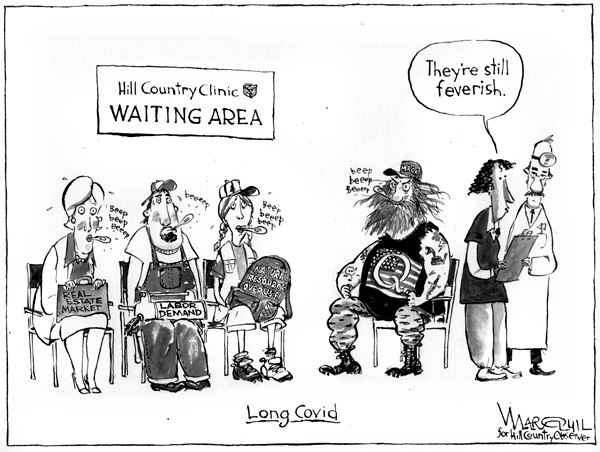Editorial July 2021
E D I T O R I A L
With new district lines, give voters more power
Like so many things in Albany, the process of drawing New York’s political district lines has a long history as an insider’s game, with most of the real work carried out behind closed doors.
Through much of the last century and into the current one, when maps of the state’s legislative and congressional districts had to be reshaped every 10 years based on new census data, the map makers did their best to protect the politicians and party leaders already in power. Legislative leaders controlled the process, and each new set of maps kept incumbent officeholders safe – and ensured competitive elections were few and far between.
The result was a Legislature whose members rivaled those of the old Soviet Politburo for longevity. Perhaps inevitably, another result was a state government with a well-deserved reputation for dysfunction and corruption. The biggest losers in this system were the state’s voters.
A glimmer of hope emerged about a decade ago when, shamed by a series of corruption scandals, many legislators and the then-new governor, Andrew Cuomo, pledged support for an idea long pushed by government reformers – namely, taking the map-making power away from the Legislature and turning it over to a nonpartisan panel.
Cuomo quickly caved on his pledge to push through nonpartisan redistricting in time for the last round of mapmaking in 2012. But in an effort to save face, he convinced legislators to endorse a constitutional amendment that would create a bipartisan redistricting commission in time for the next round of maps – those based on the 2020 census. The state’s voters ratified the amendment by a wide margin in 2014.
Now the 2020 census is complete, and the state’s new Independent Redistricting Commission is up and running, albeit after a late start. But even before it produces its first set of maps, legislators have been scrambling to weaken it.
In November, the Legislature will ask voters to approve another constitutional amendment that would make it much easier for the Senate and Assembly to veto the maps produced by the independent commission and impose their own. Voters who care about good government should reject the idea.
It’s not hard to see what’s at stake here, and one part of the story is the changing political balance in Albany over the past decade.
In past redistricting cycles going back several generations, Republicans who controlled the state Senate produced maps that protected their members and the party’s control of the chamber, while Democrats maximized their control of the Assembly. For the state’s congressional seats, the Legislature practiced bipartisan gerrymandering, protecting incumbents of both parties.
But this is first redistricting cycle in memory in which Democrats firmly control both chambers of the Legislature as well as the governor’s office. Some Democrats see redistricting as an opportunity to consolidate that power – and perhaps to help preserve a Democratic majority in Congress while punishing GOP lightning rods like U.S. Rep. Elise Stefanik. The independent commission gets in the way of those goals.
Depending on how it proceeds, however, the commission also represents the best chance for creating more competitive legislative and congressional districts across New York. Rather than following the tradition of incumbent protection, the commission would serve voters well by drawing more districts where incumbents actually have to earn their re-election.


